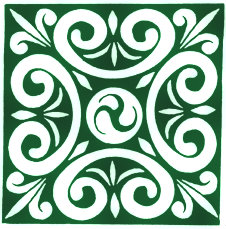 In the Celtic mythology of Brittany the figure of Ankou is associated with death. Tall and wearing a long dark coat, a wide brimmed hat and carrying a scythe over his shoulder, the skeletal Ankou is a collector of the souls of the dead. Ankou is sometimes said to have two skeleton helpers who assist in loading the souls of the dead into a rickety cart drawn by black horses.
In the Celtic mythology of Brittany the figure of Ankou is associated with death. Tall and wearing a long dark coat, a wide brimmed hat and carrying a scythe over his shoulder, the skeletal Ankou is a collector of the souls of the dead. Ankou is sometimes said to have two skeleton helpers who assist in loading the souls of the dead into a rickety cart drawn by black horses.
There are a number of tales about Ankou. One is recounted in the book of Breton myths, legends and music compiled and published in 1839 by Théodore Hersart de La Villemarqué, ‘Barzaz Breiz’.
It involves the story of three young drunken friends who when returning home one night met an elderly man dressed in black on an old cart. The man was Ankou. Two of the men started to taunt the old man and throwing stones broke the axel of his cart, they then ran away.